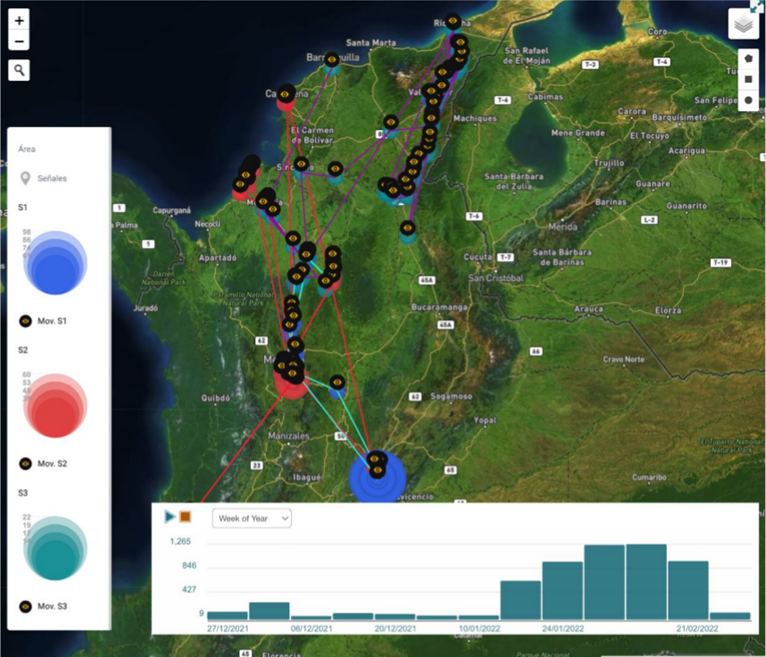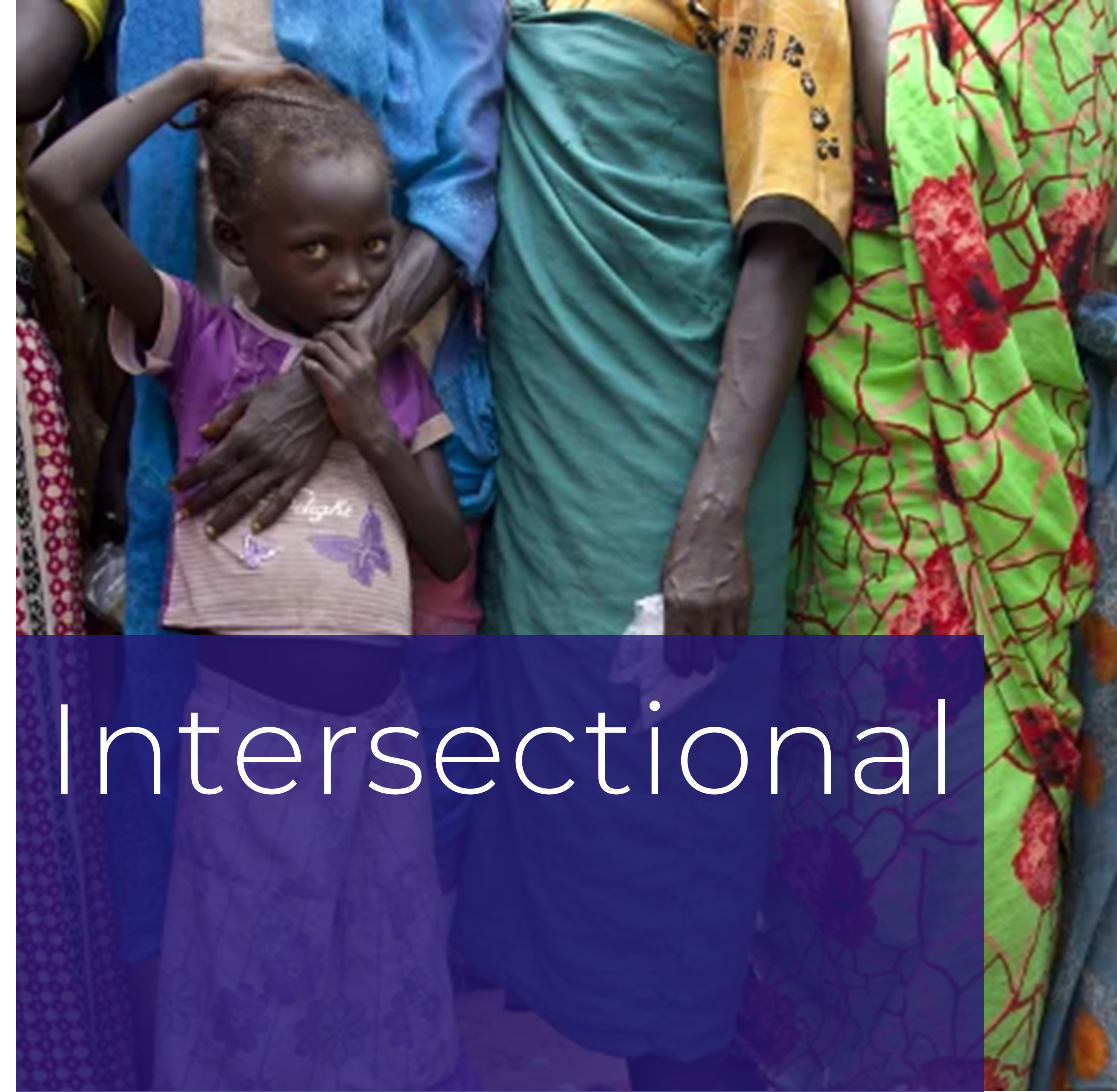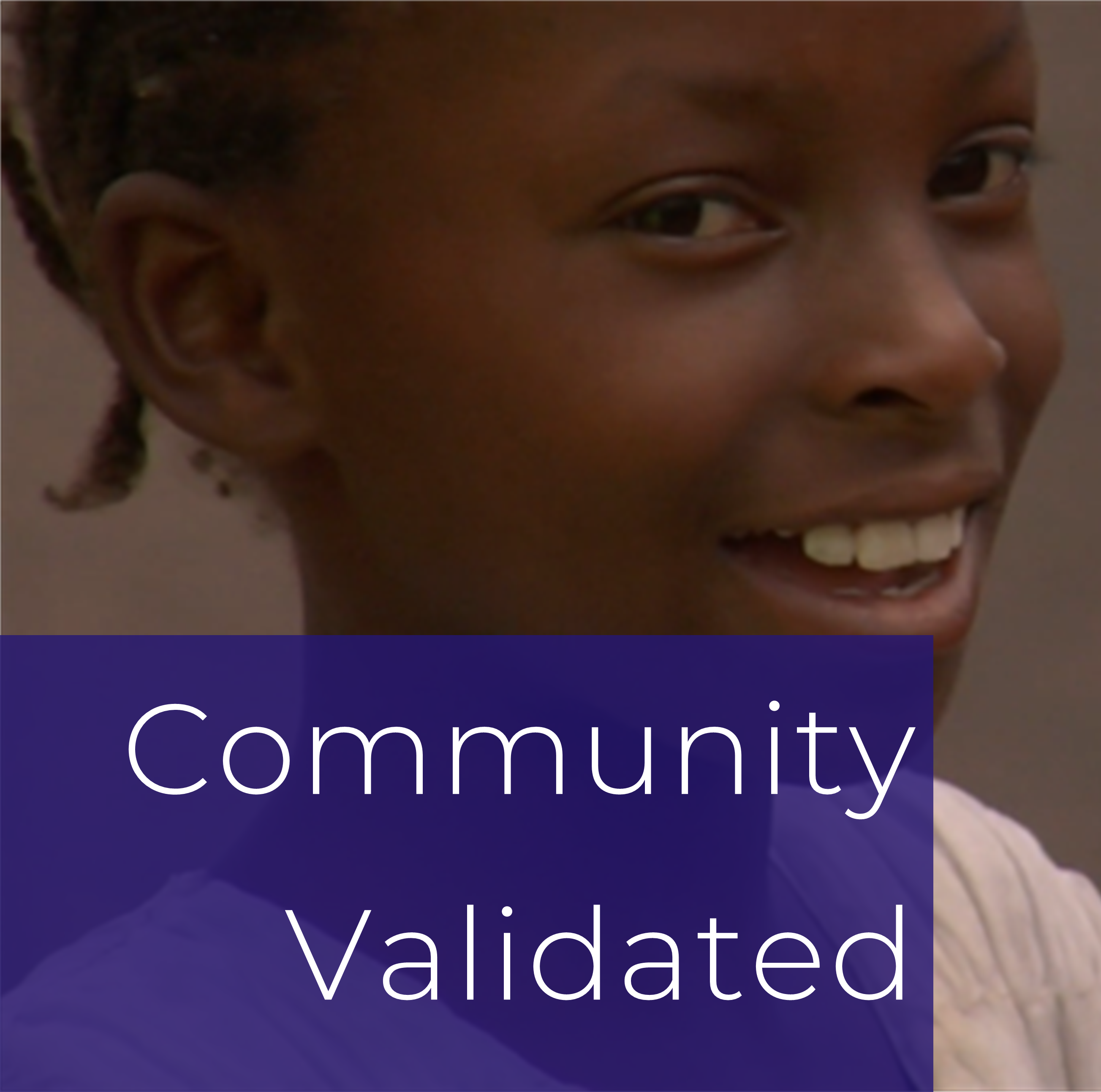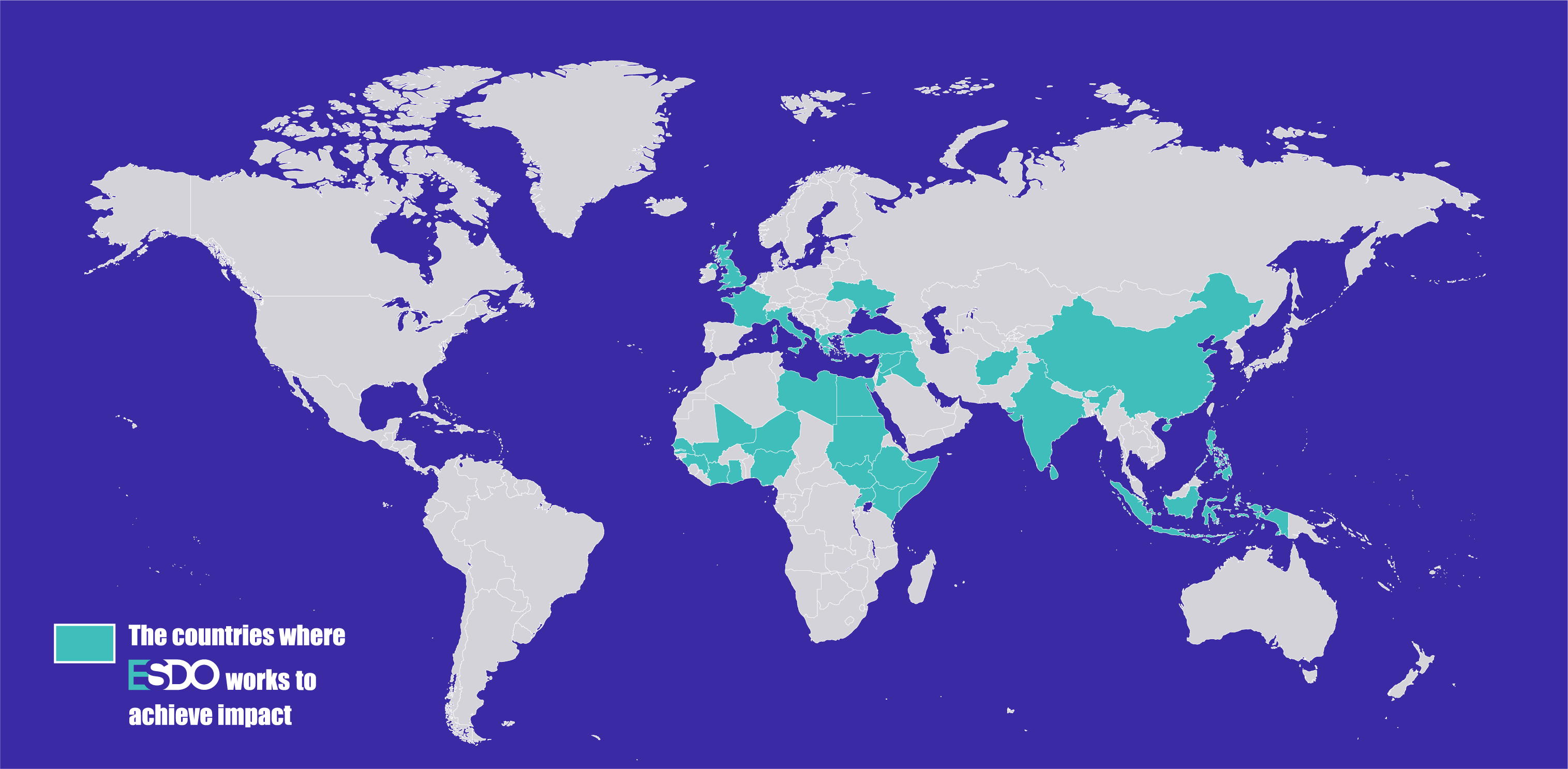
Primary Source Research & Data Collection
Primary Source Research
ESDO’s Evidence Unit delivers academically rigorous research in developing, fragile and conflict affected states in Africa, Asia, the Middle East and Central America that help achieve ESDO’s vision of a healthier, safer and more equal planet.
We partner with CSOs, NGOs, INGOs, international organisations and socially driven companies to inform change and improve interventions across our six missions.
Mixed Methods Research
ESDO’s Evidence Unit provides academic quality primary source professional research in the most difficult to access regions of the world.
Mixed methods research combines quantitative and qualitative data collection and analysis in one study. Combining methods provide deeper insights than can be gained from any one method.
Using mixed methods approaches also balances out the limitations of each individual method – providing stronger evidence to support findings.
Quantitative Research
Unlike qualitative research, quantitative research is devoted to the collection of numerical data. When quantitative data is collected using robust sampling methodologies, then the data will be generalisable across a population of interest.
Quantitative research methods also enable the testing of hypotheses using Inferential Statistics.

Quantitative data is most commonly used as Descriptive Statistics by generating charts and tables that illustrate means, modes and probability distributions with standard deviations. This type of data can provide important but narrow insights into populations and the likelihood that phenomena will be replicable.
Quantitative research methods are best matched with qualitative research because quantitative results lack context.
Qualitative Research Methods
Qualitative research methods involve the collection and analysis of non-numerical data.
The most common forms of qualitative research methods in the Humanitarian Aid and Development sector are Focus Group Discussions (FGDs), Key Informant Interviews, (KIIs), In-Depth Interviews (IDIs), observations and qualitative surveys.
While quantitative research tools are highly structured, qualitative research provides space and time to explore the ‘WHY’ behind numerical data.
Qualitative research is always best matched with Quantitative research because on its own qualitative research is not generalizable across populations or samples, is almost always subjective and is more labour intensive.
Polished Presentation & Dissemination
ESDO provides the highest quality presentation of research in graphically designed reports, professional presentations and the ability to generate impressive visualisations through complex data analysis.
Data Science & Visualisation
GIS Informed Network Analysis
ESDO has the capability to deliver complex network analysis connected to specific geographical organised crime, conflict, migration, emergency and environmental events – in real time and historically. Talk to us for a demonstration of this capability.
Statistical Analysis & Visualisation
Statistical Analysis is the stage of a research project where collected data is interpreted to identify trends, remove bias and inform decisions.
ESDO uses a range of analytical techniques such as linear correlation and regression, significance testing (p-value), and t-tests including to establish causality and test a hypothesis.

Automated mapping of illegal logging networks and activity.
We care deeply that all research is

We reduce our climate impact in every way possible

Inclusion & equality are central to our work

Communities own, drive & validate our work
Where We Work

© European Sustainable Development Organisation, Ireland

